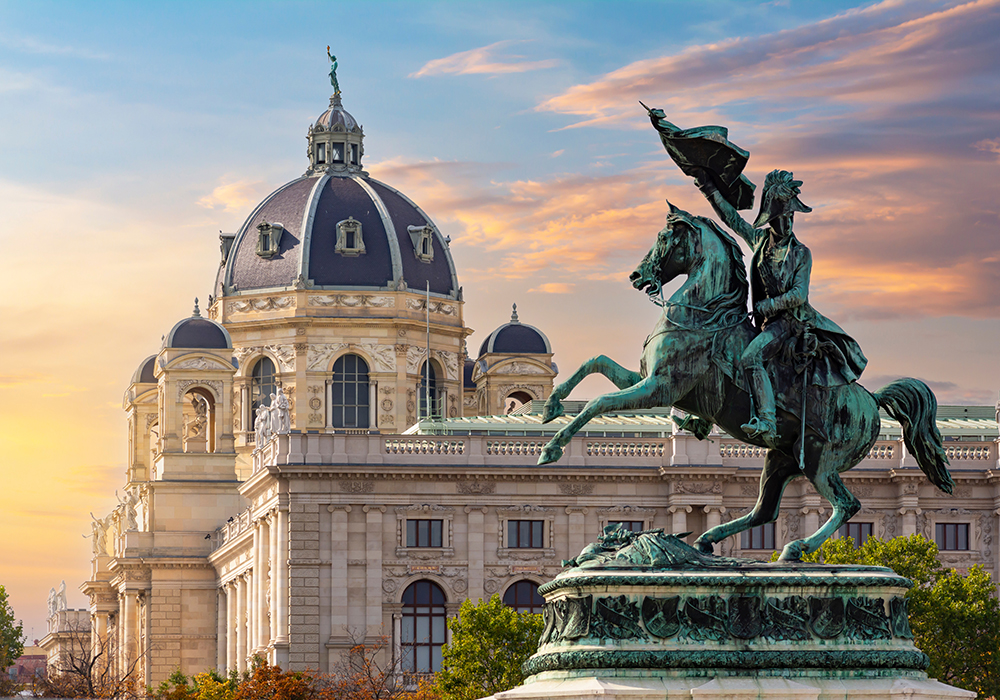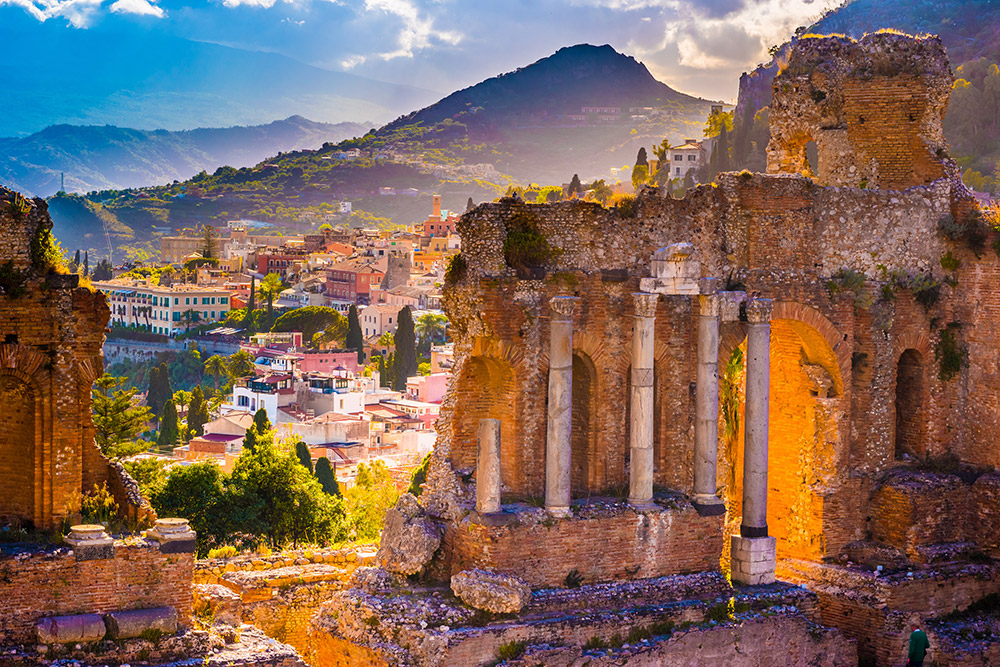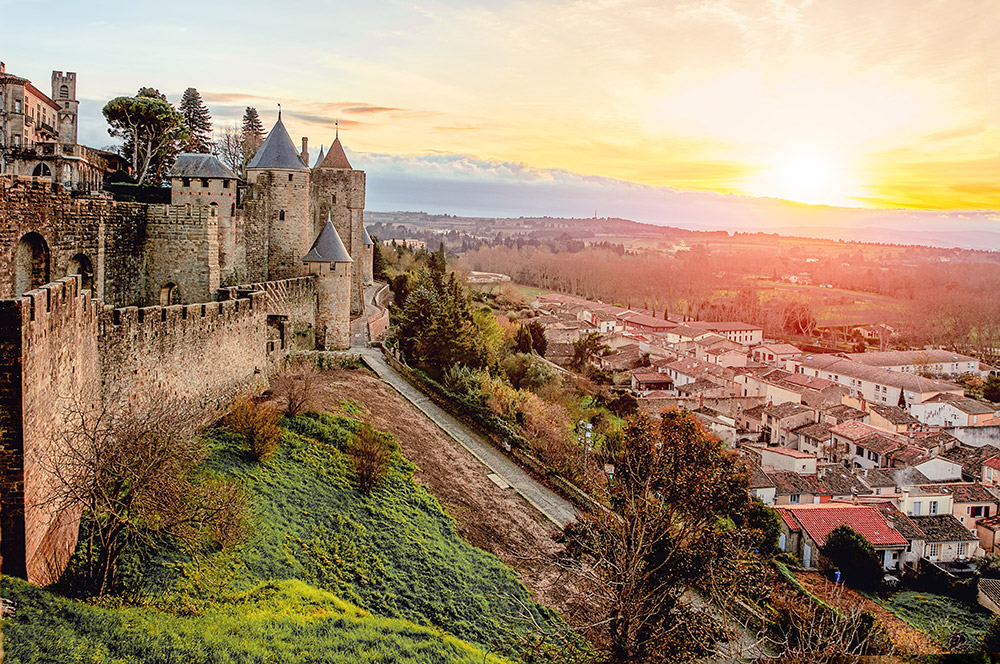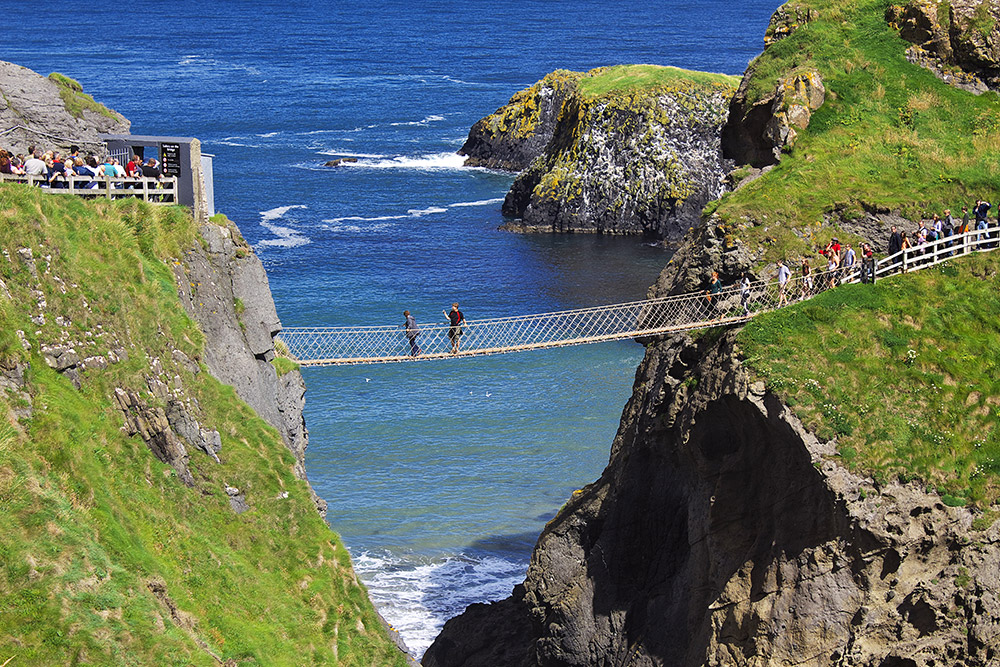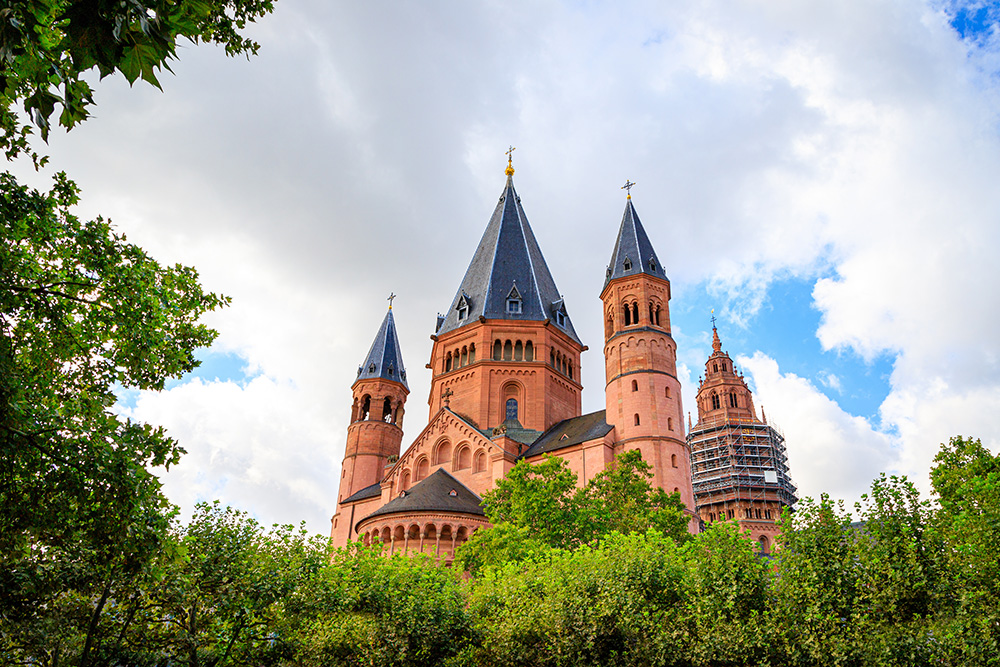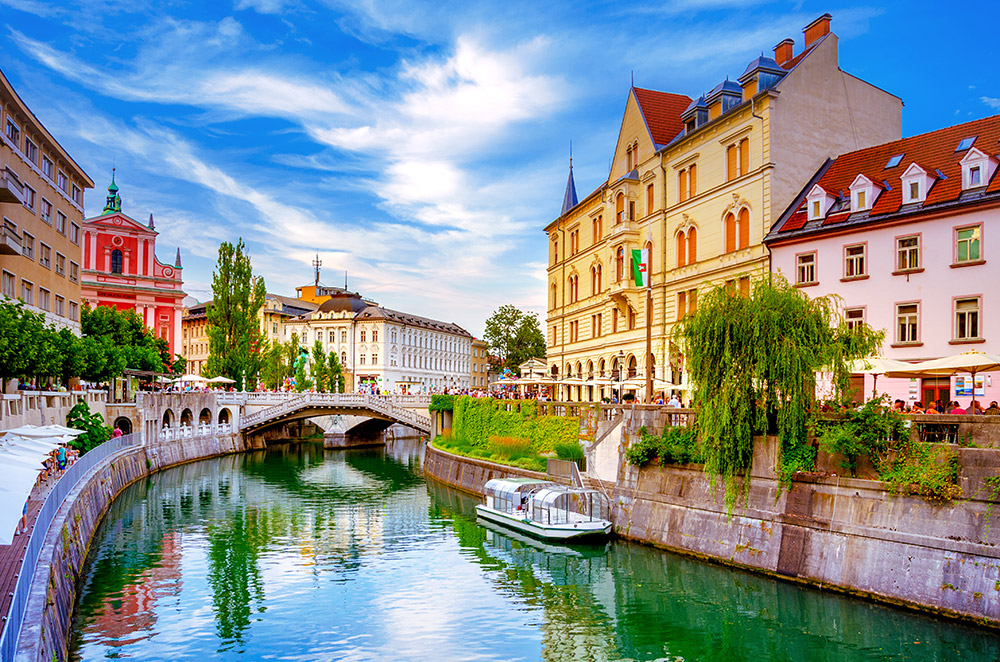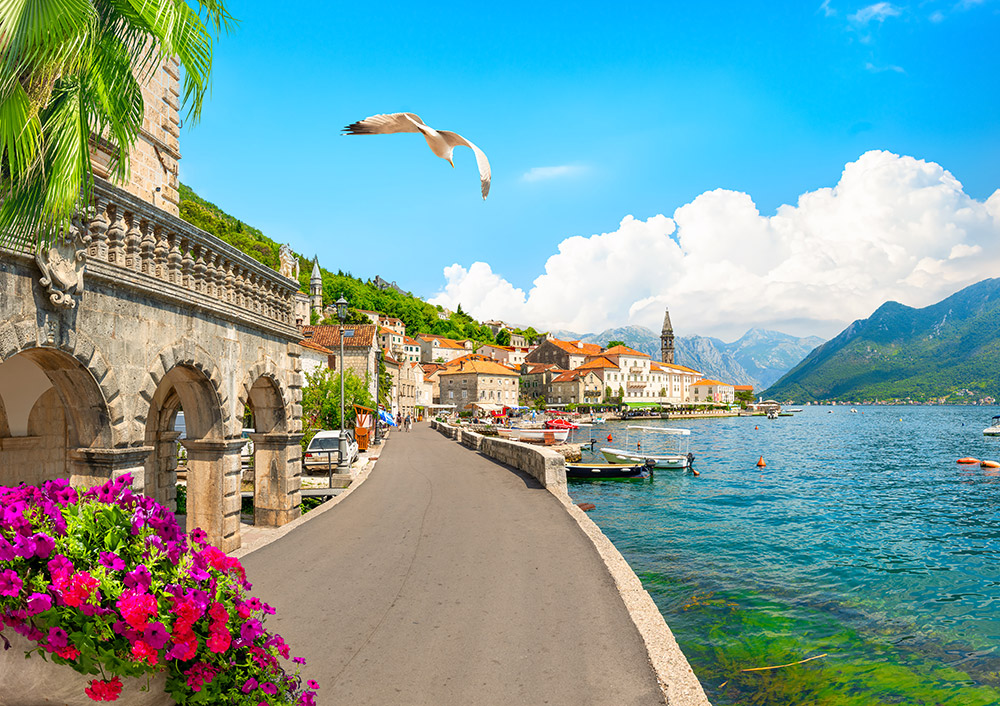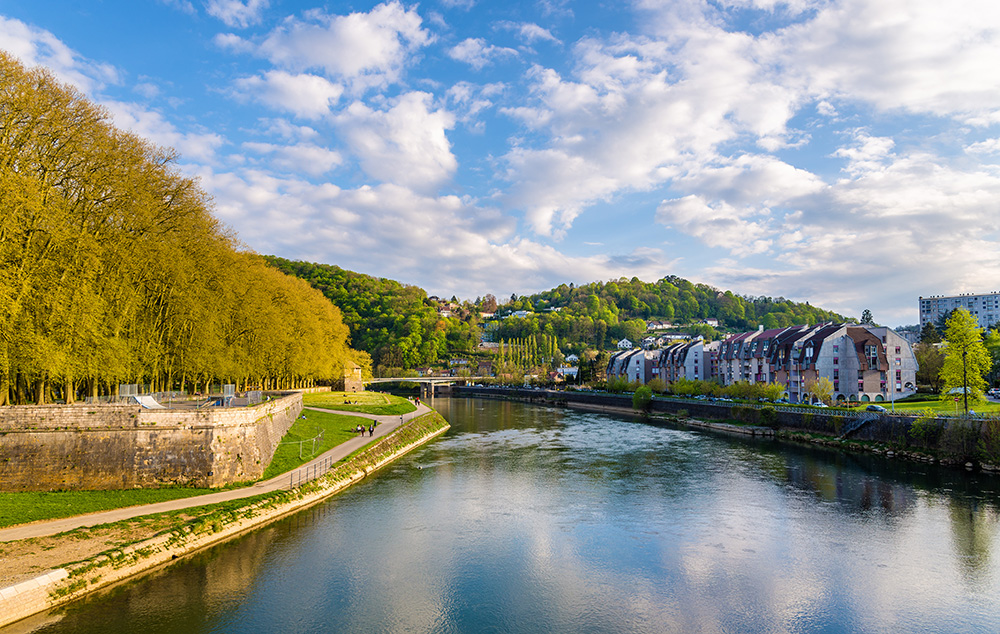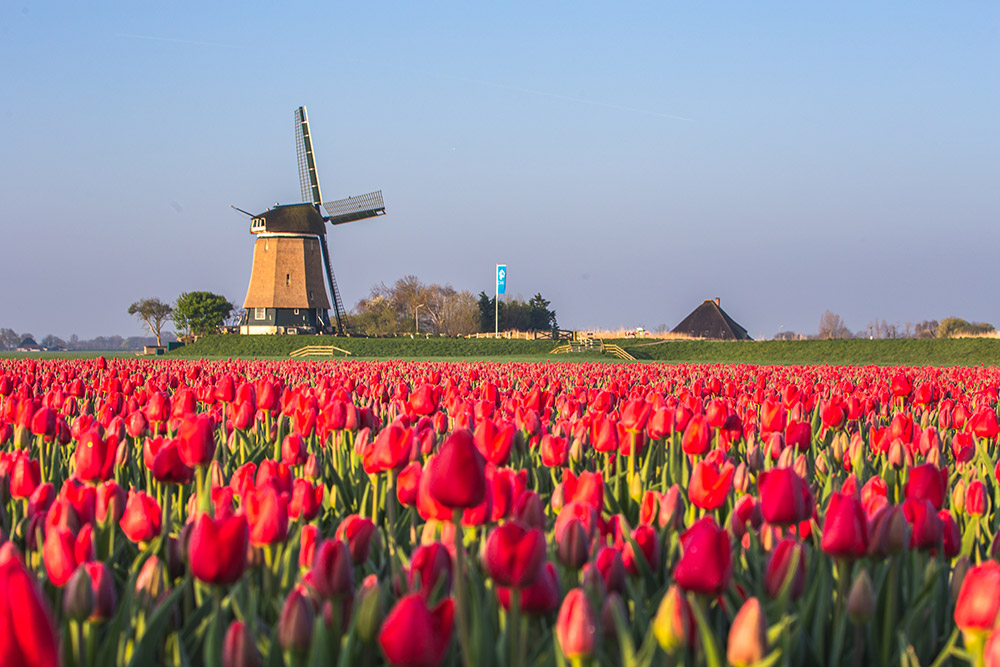A stroll through the heart of Vienna, a city steeped in history and culture, is an immersive and unparalleled experience. This guided walking tour starts at Schottetor subway station and finishes at the iconic Opera House, covering approximately a mile and a half. The tour’s duration can be tailored to your preferences, ranging from a half-day to several days for those who want to take more time exploring museums, cafés, tourist attractions, and shopping districts.
Popular itinerary for Austria’s Must See Cities:
The striking Neo-Gothic Votivkirche, erected following Emperor Franz Joseph’s narrow escape from an 1853 assassination attempt, is located near the Votivkirche subway station. The awe-inspiring architecture, adorned with intricate details, rose windows, and soaring spires reaching about 324 feet, is an outstanding example of the Gothic decorative style. Due to the church’s grandeur, it is mistaken as Vienna’s famous St. Stephen Cathedral.
Returning to Universitaring, a segment of Vienna’s historic Ring Road, you’ll see notable landmarks such as the University of Vienna, museums, and cultural institutions. The grand facades, reflecting a range of styles from Renaissance to Baroque, showcase Vienna’s rich historical and artistic legacy.
Head right in the direction of Vienna’s City Hall, the Rathaus. This intricately designed structure is a showcase of Neo-Gothic architecture, serving as a symbol of Vienna’s historical significance, cultural richness, and national glory. City Hall square hosts numerous festive events, including the delightful Christmas market, known as the Christkindlmarkt. Inside the building, you’ll discover magnificent halls featuring wall paintings and elaborate staircases, adding to the grandeur of this architectural masterpiece.
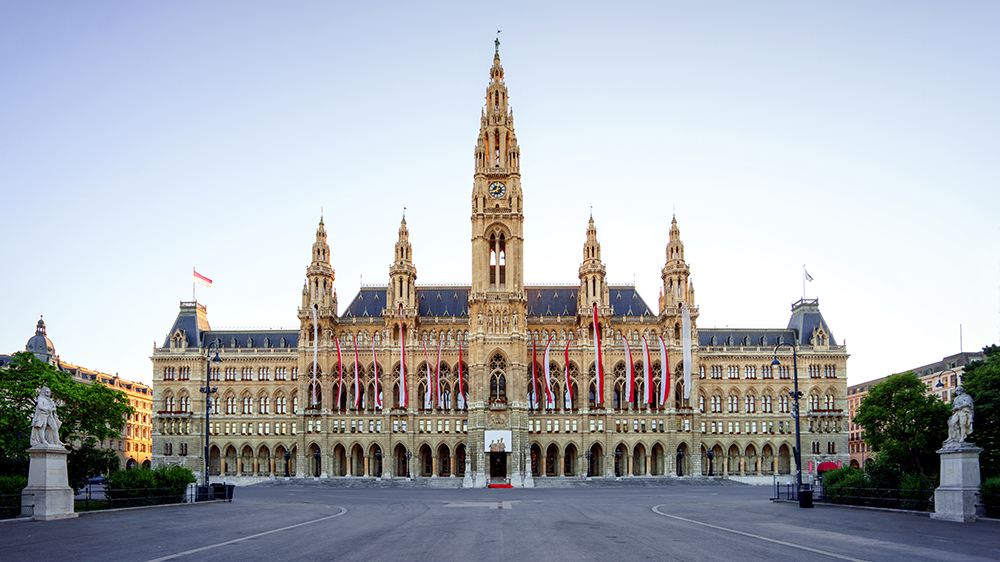
Our route will lead us through the City Hall gardens, where we’ll encounter the Austrian Parliament building—a true architectural gem constructed in the classical Greek style. Serving as the headquarters for both the National Council and the Federal Council, this majestic structure boasts luxurious classical columns supporting a camel and a pyramid inscribed with “A.E.I.O.U.” Its monumental halls stand as symbols of Austria’s unwavering dedication to democratic principles. Inside, the grandeur continues with sculptures and wall paintings, vividly reflecting the nation’s political heritage and its steadfast commitment to stable governance.
The path gently curves, leading us to the “Burgerring,” where on our right stands the Museum Quarter encompassing Maria Theresien Square. At its heart stands the statue of Empress Maria Theresa, whose reign from 1740 to 1780 left an indelible mark on Austria’s culture, society, education, and military. Surrounding the square are notable museums such as the Natural History Museum (Naturhistorisches Museum), the Museum of Art History (Kunsthistorisches Museum), and the Leopold Museum for Modern Art, each adding to the cultural tapestry of this historic area.
We will cross the street, passing through the Äußeres Burgtor gate to the Imperial Plaza of the Hofburg Palace. This historical residence, once the seat of the imperial court in Vienna, encompasses a myriad of attractions within its vast complex. In front, opposite the palace, stands the statue of Prinz Eugen of Savoy, a revered military figure. Within the palace grounds, there are two museums, the Sisi Museum and the Imperial Treasury Museum.
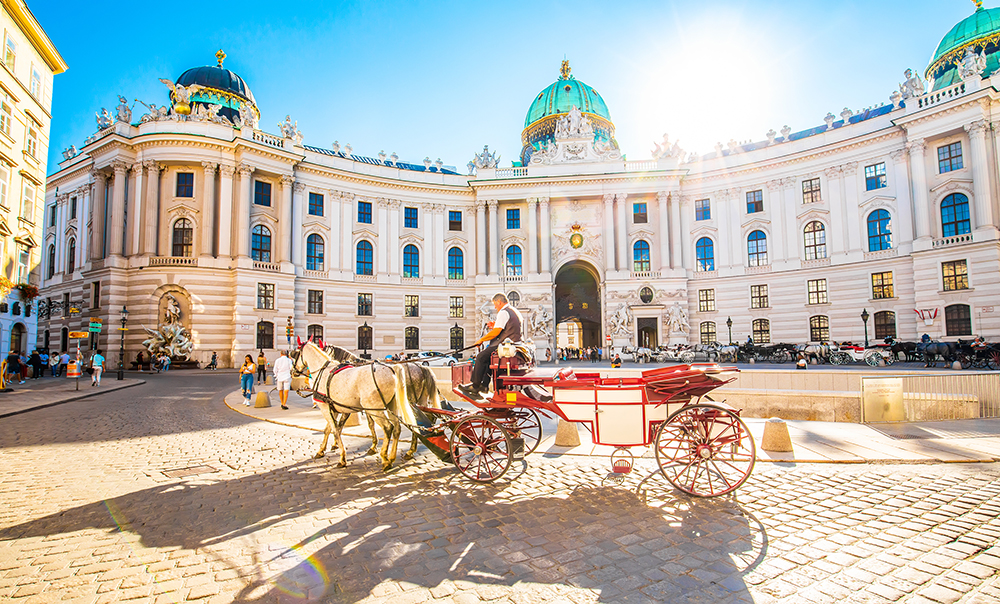
The Sisi Museum showcases the treasures and writings of Empress Elisabeth, known as Sisi. Her captivating life alongside Emperor Franz Joseph I comes to life, shedding light on her tragic fate in 1898 and the challenges she faced in the royal court. The Imperial Treasury Museum is a repository of the splendid treasures of the Habsburg dynasty. This collection features royal artifacts, crowns, jewelry, and historical treasures, narrating the tale of imperial grandeur.
The Spanish Riding School, also located in the palace complex, presents the art of classical dressage. This renowned school, famous for the performances of skilled riders on Lipizzaner horses, represents the elegance and centuries-old tradition of horseback riding cherished by Vienna’s aristocracy.
Located on Kohlmarkt, the street lined with luxury shops, we encounter Demel Cafe. Within its elegant Viennese ambiance, Demel Cafe invites patrons to indulge in delightful cakes and pastries, offering a classic coffee experience that embodies centuries of Viennese tradition.
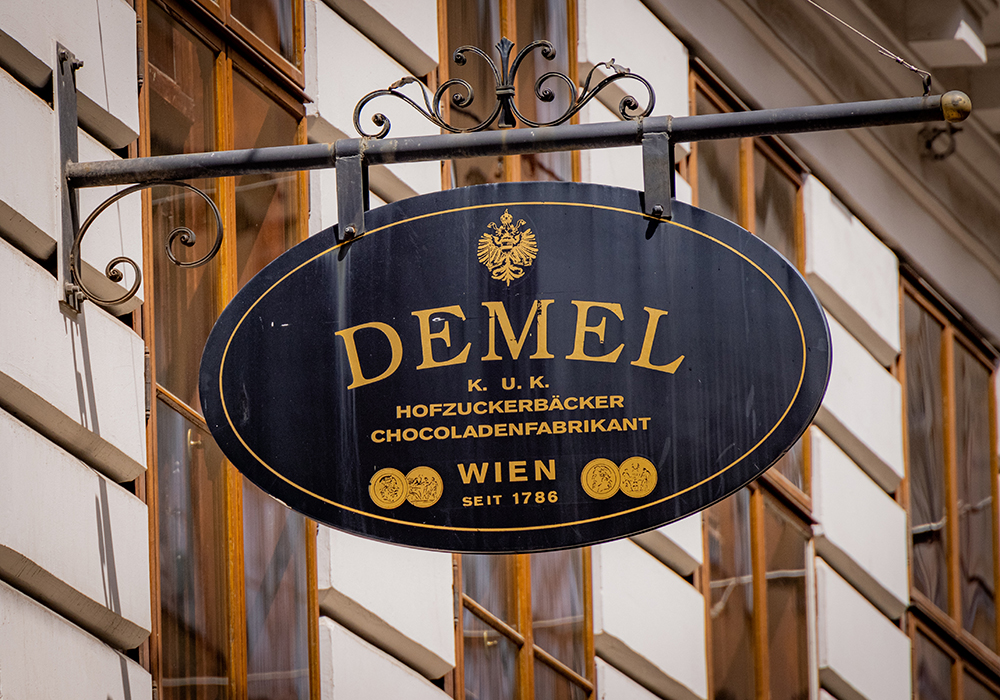
Continuing down the street, we turn right onto Graben, a wide boulevard, where we find the magnificent Plague Column: Wiener Pestsaule. This monument commemorates Vienna’s triumph over the devastating plague in the 17th century. Adorned with sculptures depicting saints and allegorical figures, this monumental column symbolizes the city’s resilience and hope in the face of disease.
We proceed along Graben for a few minutes and reach St. Stephen’s Cathedral, also known as Stephansdom, a testimony to Vienna’s rich history and architectural splendor. This Gothic masterpiece, with its soaring spires and intricate details, has adorned the city skyline since the 12th century, and its colorful tiled roof has become an iconic symbol of Vienna. The interior of the cathedral is adorned with diverse altars, royal chapels, and magnificent stained glass windows.
The cathedral area is teeming with shops, boutiques, cafes, and restaurants. Following along Dorotheergasse Street leads us to the Jewish Museum (Jüdisches Museum), documenting the history and contribution of the Jewish community to the city and the country. The museum features exhibitions, rare Judaica artifacts, and diverse educational programs.
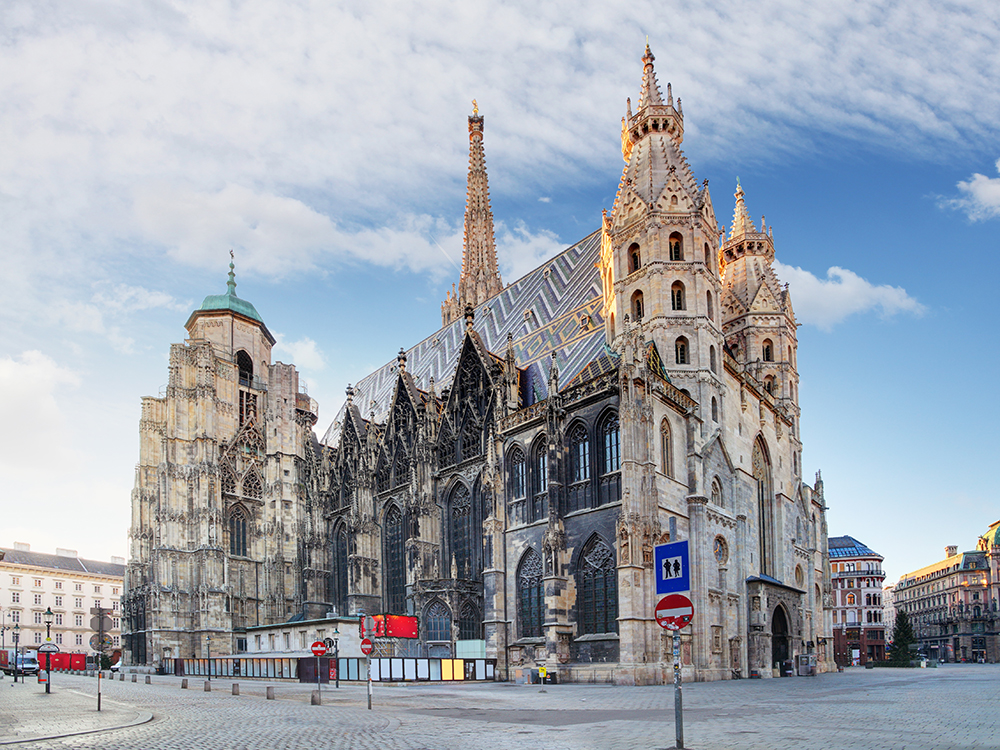
Continuing along Dorotheergasse Street until its end, we turn left towards the Albertina Museum. This cultural gem houses an extensive collection of graphic art. Its diverse exhibitions and galleries showcase masterpieces, allowing visitors to explore centuries of artistic evolution in graphic arts, prints, and drawings by numerous artists, including Dürer, Rembrandt, Michelangelo, Picasso, Schiele, Klimt, Kokoschka, Kirchner.
A short distance away stands the 19th century Royal Opera House of Vienna, representing artistic excellence and architectural beauty. This renowned opera house showcases a magnificent repertoire of operatic masterpieces, brought to life by international talents. The hall itself is celebrated for its unparalleled acoustics and splendid interior design. Serving as a testament to Vienna’s enduring passion for singing, theater, and opera, this iconic institution stands as a testament to the city’s cultural legacy.
